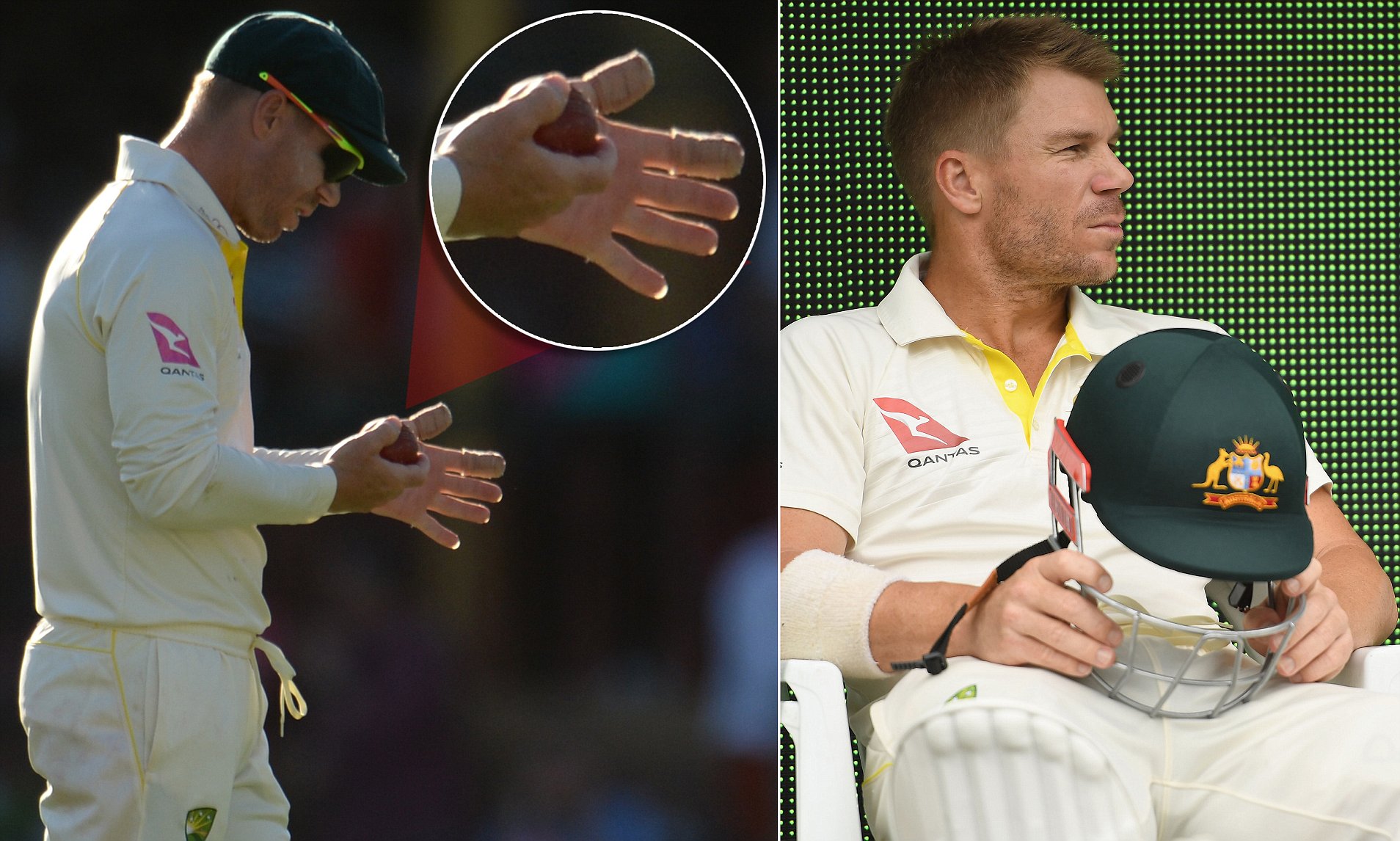Typically, it is a result of a finger injury. One of the key strategies to speed up the healing process is to restrict movement, whether the injury is strained, sprained, dislocated, broken, or severely bruised.
This tape helps to reduce the swelling in the fingers that some close-in fielders experience after receiving a few blows to their fingertips during a match or practice. Additionally, some cricket players apply tape to an injury to prevent it from getting worse.

Cricketers use tape on their fingers for a few reasons:
- Protection: The tape provides an extra layer of protection for the fingers and helps to prevent blisters and calluses, which can be painful and hinder performance.
- Improved grip: The tape can help to improve the grip on the cricket ball, allowing the cricketer to bowl or throw more accurately.
- Injury prevention: For cricketers who have previously suffered from finger injuries, the tape can help to stabilize the finger and prevent further damage.
- Comfort: The tape can provide additional cushioning and support for the fingers, making it more comfortable for the cricketer to play for long periods of time.
It’s worth noting that different cricketers use different types and amounts of tape, and some may not use any at all, depending on their individual preferences and needs.
Cricket is a sport that requires high levels of skill, endurance, and concentration. One of the essential parts of a cricketer’s gear is his hands, and as such, it’s crucial to keep them protected. In this sport, a cricketer’s hands are subject to immense pressure and stress, particularly the fingers. To counter this, many cricketers wrap tape around their fingers. But why do cricketers use tape on their fingers? In this article, we’ll examine the reasons for this practice and the benefits that it provides to players.
Finger injuries are common in cricket, and many cricketers suffer from various hand-related problems, such as blisters, cuts, bruises, and even fractures. The fingers are the most vulnerable parts of the hands, and they undergo the most stress and pressure. During the game, the ball can hit the fingers with great force, causing immense pain and discomfort. The tape provides an extra layer of protection and helps to prevent these types of injuries.
Another reason why cricketers use tape on their fingers is to reduce the risk of developing calluses. Calluses are thickened areas of skin that develop on the hands as a result of repetitive friction or pressure. In cricket, the hands are exposed to the elements, and players are required to catch the ball and hold the bat for long periods of time. Over time, this can cause calluses to develop, making it difficult for the player to grip the bat or catch the ball. Taping the fingers helps to reduce the friction between the skin and the bat or ball, preventing the formation of calluses.
In addition to providing protection and preventing calluses, tape can also help to improve a player’s grip on the bat. A cricketer’s grip is essential to their performance, as it directly impacts their ability to bat, bowl, and field. A firm grip on the bat allows the player to generate more power and control, leading to better shots and improved performance. Taping the fingers provides a better grip on the bat, which can make a big difference in a player’s performance.
Cricketers also use tape on their fingers as a way to relieve pain and swelling caused by previous injuries. If a player has suffered from a finger injury, taping it can help to reduce the pain and swelling and provide extra support while they recover. Taping can also help to keep the fingers in the correct position, which can speed up the healing process. This is particularly important for fast bowlers, who need to use their fingers to generate pace and swing, and must protect them at all times.
Taping the fingers can also help to maintain their flexibility and dexterity. In cricket, players are required to perform a wide range of movements, such as catching, throwing, and batting. Over time, these movements can cause the fingers to stiffen, leading to reduced dexterity and mobility. Taping can help to maintain the flexibility of the fingers and keep them moving smoothly, which can improve the player’s performance.
In conclusion, taping the fingers is a common practice in cricket, and there are several reasons why cricketers use it. From preventing injuries and calluses to improving grip, reducing pain, and maintaining flexibility, taping provides a range of benefits to players. Whether you’re a professional cricketer or an amateur player, taping your fingers can help to improve your performance and protect your hands. By using tape, you can keep your fingers healthy and performing at their best, allowing you to focus on your game and achieve your goals.
